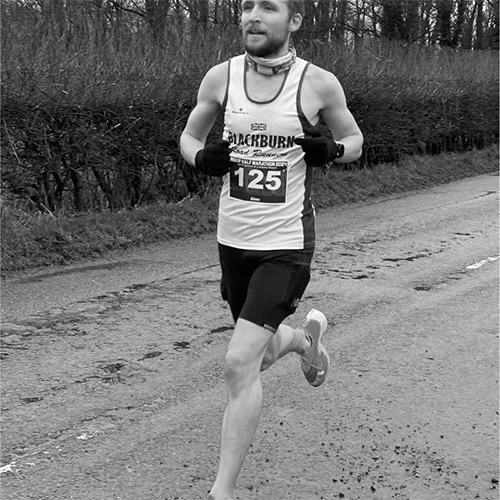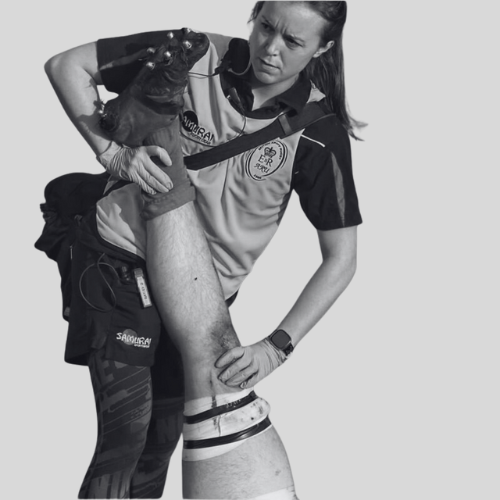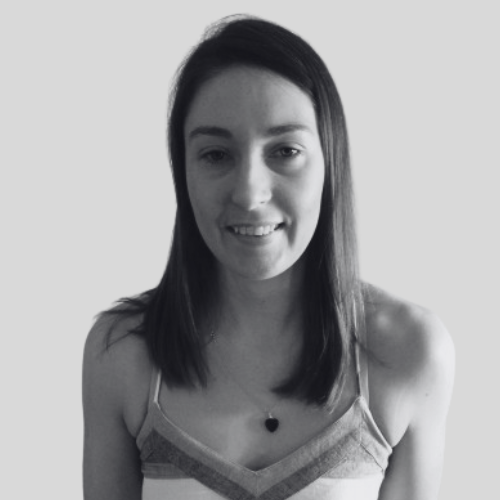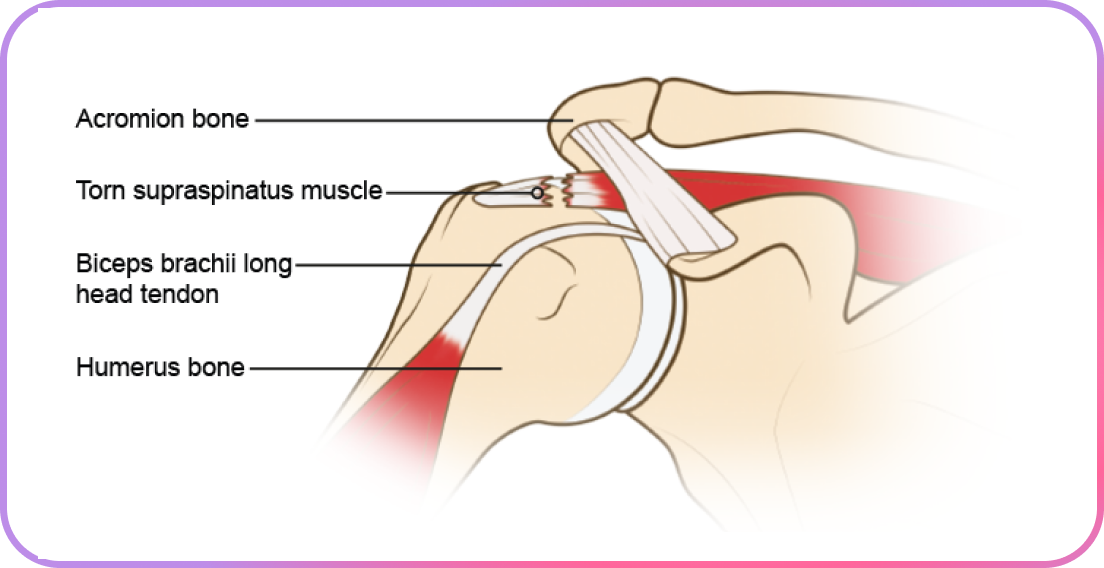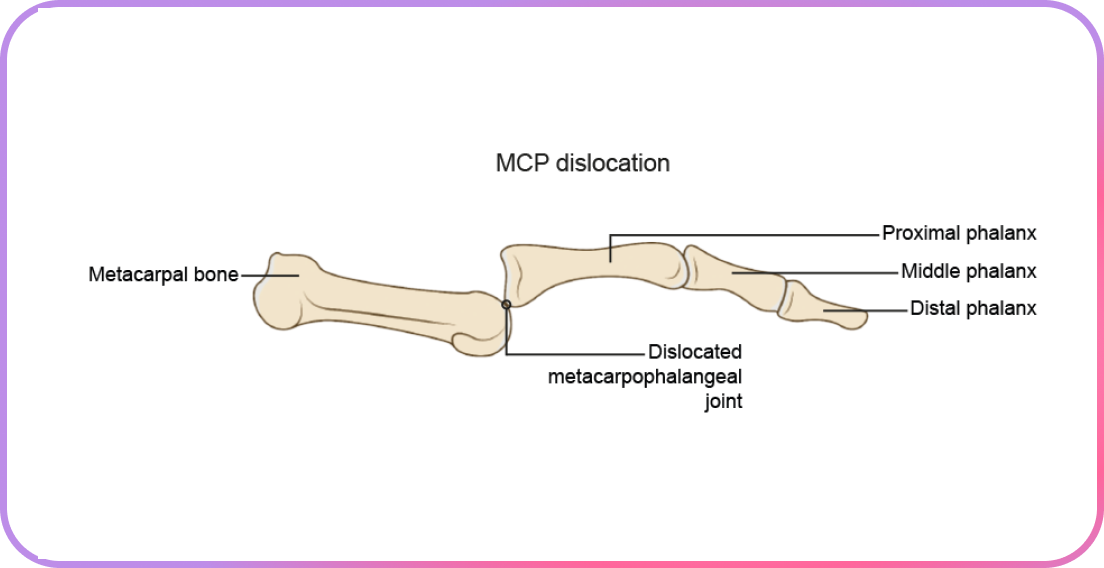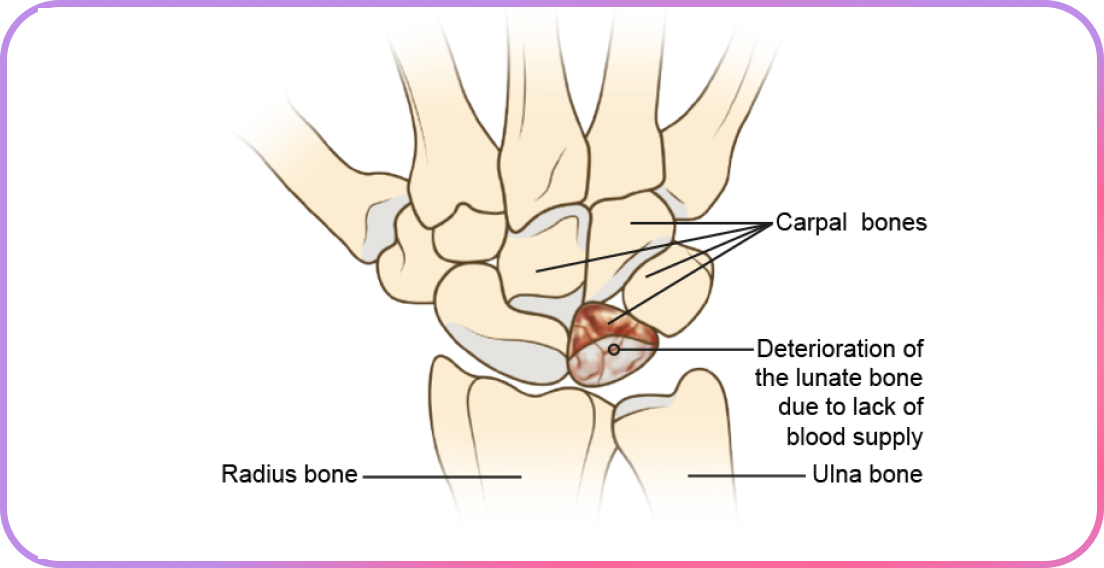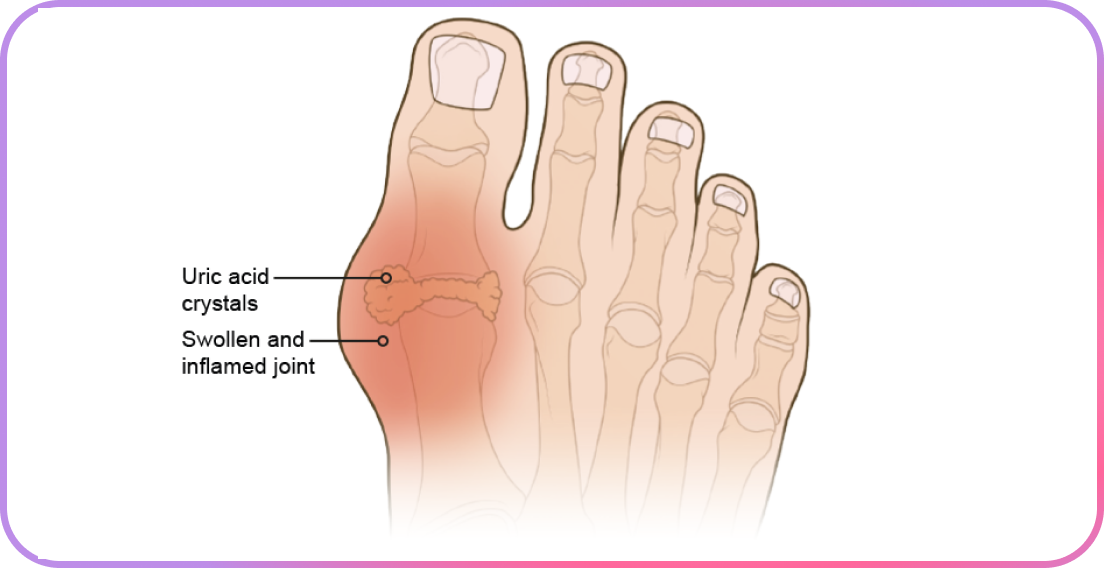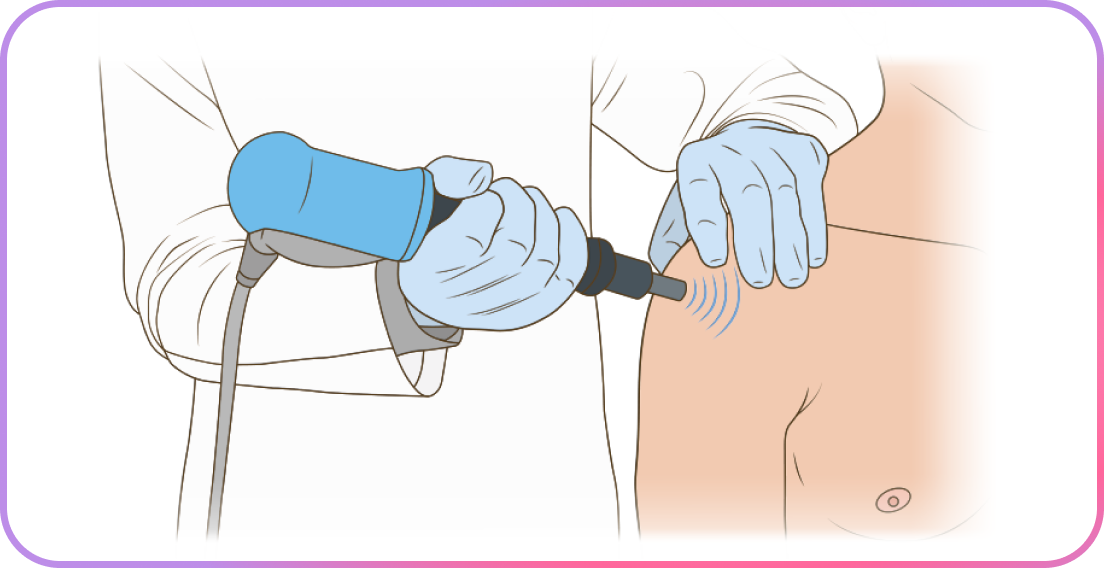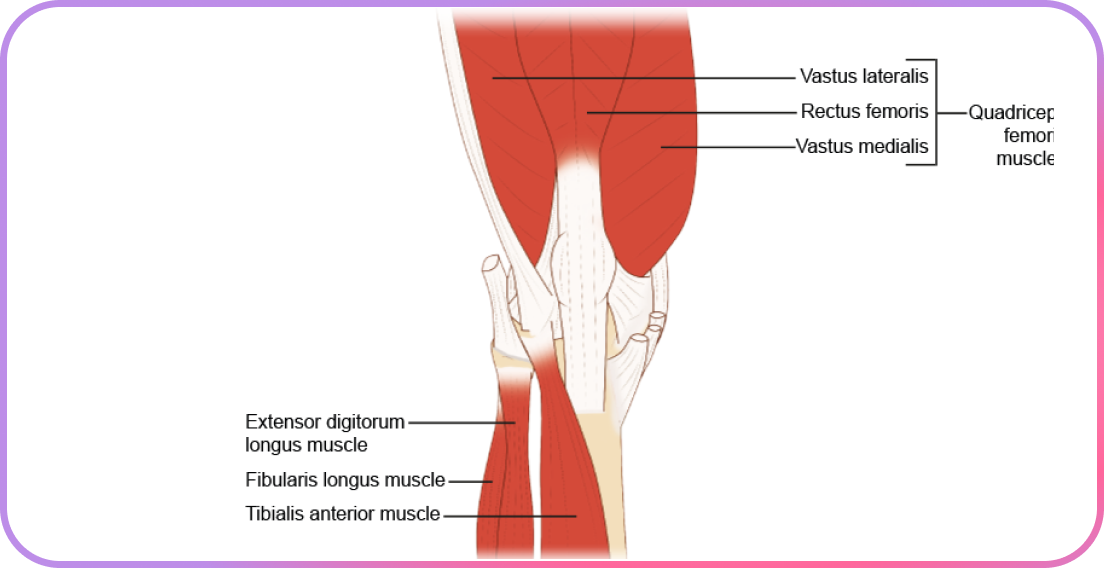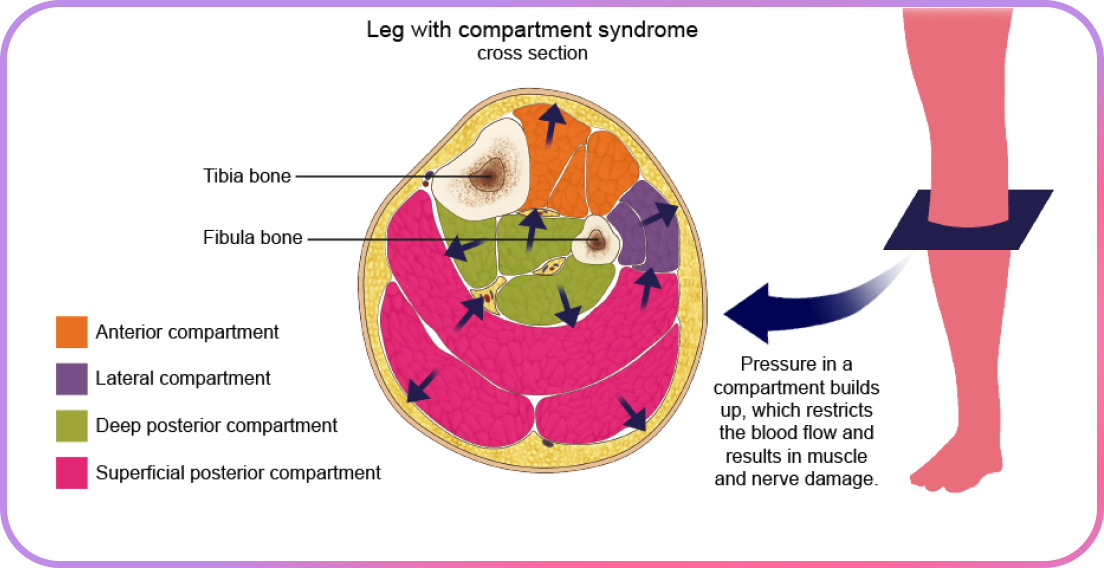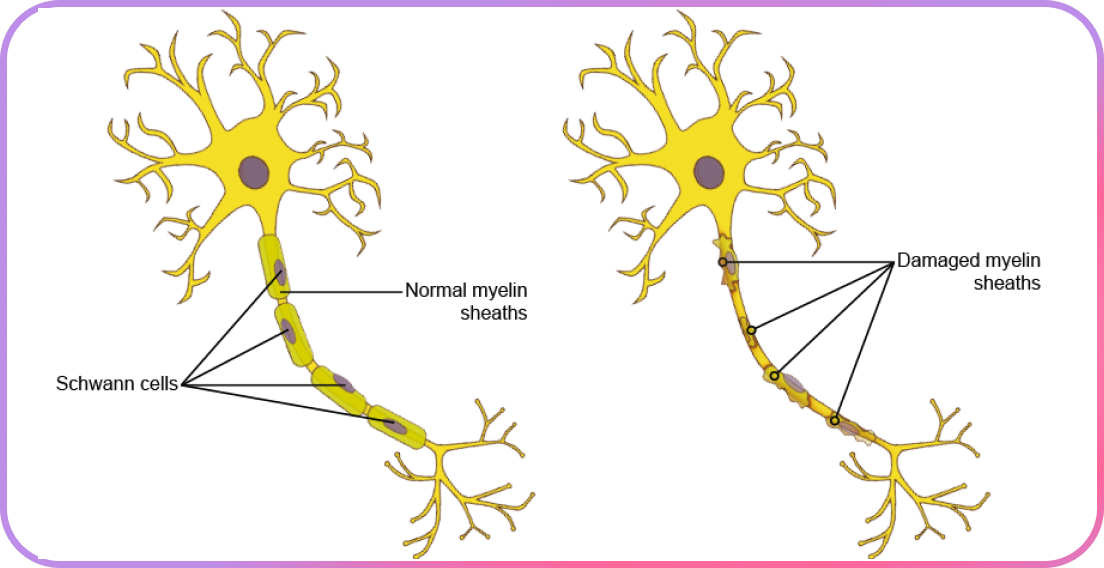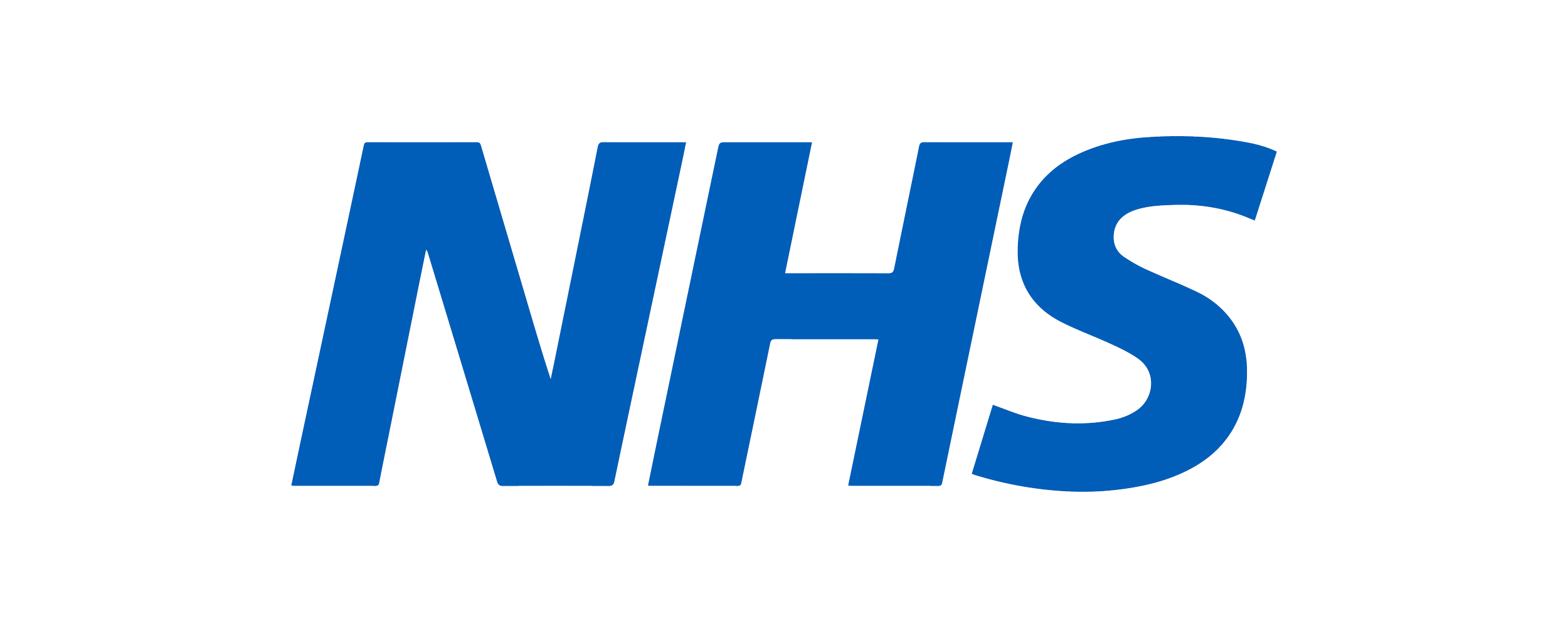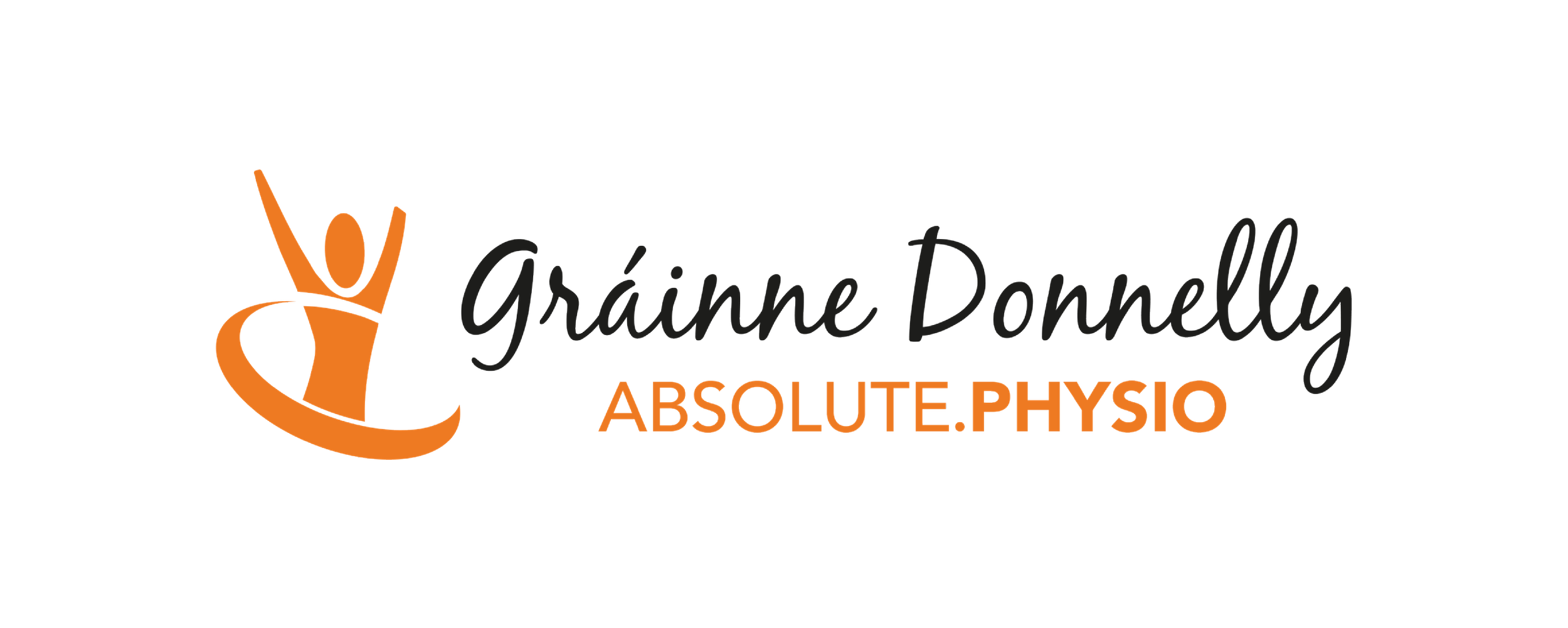Written by experts, trusted by patients.
At Cetra Health, we don’t just provide resources, we bring the knowledge of real MSK professionals straight to your practice. Every handout, visual guide, and patient tool is created and vetted by physiotherapists, osteopaths, chiropractors, sports therapists, and rehabilitation specialists who know what works in the clinic.
Our contributors aren’t just qualified, they’re actively treating patients every day. Their experience ensures every resource is accurate, practical, and immediately useful, turning complex injuries, conditions, and rehab plans into explanations patients actually understand and follow.
From the first draft to the final review, our experts make sure each handout communicates clearly, supports compliance, and allows patients to take control of their recovery. It’s the knowledge of top clinicians, distilled into tools that make your consultations more confident, engaging, and effective.
We couldn’t create Cetra Health without this incredible network, and we wouldn’t want to either. These are the specialists who help us shape every resource you use to guide patients toward better outcomes.
Get to know the people who create, review, and shape every handout you trust.
Katarina Trumm
Senior Lecturer & Physiotherapy
Practice Based Lead
University College Birmingham
Rotator Cuff Tear
A tear in the shoulder’s stabilising muscles can cause pain, weakness, and sleep disruption. Most improve with therapy, though severe cases may need surgery.
A type of arthritis that mainly affects the spine and pelvis, causing stiffness and pain. With treatment and exercise, many people can manage symptoms and stay active.
Ankylosing Spondylitis
Dr. Alastair Jones
Sports Medicine & Musculoskeletal Physician, Consultant in Emergency Medicine
Dislocation of the finger or thumb knuckle causes pain, swelling, and deformity. Treatment usually involves realignment, splinting, and physiotherapy.
MCPJ Dislocation
A rare wrist condition where the lunate bone loses blood supply, causing pain, stiffness, and weakness. Management ranges from splinting to surgery.
Kienbock’s Disease
Liam White
Anatomy Lecturer
University of Glasgow & University of Central Lancashire
Hand & Wrist Anatomy
A clear understanding of hand and wrist anatomy is essential for clinicians, both in diagnosis and when explaining injuries or conditions to patients.
Thoracic Outlet Syndrome
Thoracic outlet syndrome is when nerves or blood vessels in the neck are compressed, causing pain, tingling, or swelling in the arm.
Alex Curran
Clinical Lead Physiotherapist for Pain
Lancashire Teaching Hospitals NHS Foundation Trust
Tibialis Anterior Tendinopathy
This condition affects the tendon at the front of the shin, leading to pain and stiffness, especially with walking or running uphill. With rest and rehab, most people recover fully.
Barbotage
Barbotage is a minimally invasive procedure that breaks down calcium deposits in tendons, relieving pain and restoring movement. It is often used when other treatments haven’t worked.
Jack March
Specialist Rheumatology Physiotherapist
Systemic Lupus Erythematosus
Systemic Lupus Erythematosus (SLE) is a long-term autoimmune condition that can affect many parts of the body. It causes inflammation in connective tissues, leading to joint pain, fatigue, and sometimes damage to organs.
Gout
Gout is a common form of arthritis that causes sudden attacks of severe joint pain, often in the big toe, ankle, or knee. It occurs when uric acid crystals build up in the joints, leading to intense inflammation.
Kirsty Sinclair
Clinical MSK Physiotherapist & Lecturer
The Valley Physio
Clavicle Fractures
A clavicle fracture, or broken collarbone, is a common injury that usually happens after a fall onto the shoulder. The clavicle is the bone linking the shoulder to the chest, and breaks are most often seen in sports injuries and childhood accidents.
Sleep Hygiene
Sleep hygiene refers to habits and routines that improve sleep quality and duration. Good sleep is essential for physical and mental health, supporting memory, mood, and recovery.
Chris Wicks
Lead Physiotherapist & Senior Occupational Health Physiotherapist
Physio Focused & Optima Health
Shockwave Therapy
Shockwave therapy is a non-invasive treatment that uses sound wave energy to stimulate the body’s natural healing response.
Falls
A fall occurs when a person unintentionally comes to rest on the ground or a lower surface. Falls are a leading cause of injury worldwide, especially in older adults.
Amy Flory
Occupational Health Physiotherapist
Knee Anatomy
The knee is a hinge joint of bones, ligaments, cartilage, and muscles that enables movement and weight-bearing. Its complexity makes it strong but prone to injury.
De Quervain’s Tenosynovitis
A painful thumb condition where tendon sheath inflammation causes pain, swelling, and difficulty gripping. Often linked to repetitive use.
Captain Rachel Rodgers
Physiotherapist, MoD Rehabilitation
Compartment Syndrome
Chronic compartment syndrome is exercise-induced pain and cramping caused by increased pressure in muscle compartments, usually in the legs.
Medial Tibial Stress Syndrome
Also known as shin splints, MTSS causes pain along the inner shin due to rapid training increases or poor footwear. Rest and activity modification usually resolve symptoms.
Emma Brown
First Contact Physiotherapist
IT Band Syndrome
IT band syndrome is a common cause of outer knee pain, often in runners and cyclists. It usually improves with rest, stretching, and physiotherapy.
Patella baja occurs when the kneecap sits lower than normal, causing pain and restricted movement. Surgery is often required to restore function.
Patella Baja
Nayomi Shah
Senior Neurological Physiotherapist
Degenerative Disc Disease
Degenerative disc disease is age-related wear of the spinal discs, causing pain, stiffness, or numbness. Treatment focuses on exercise, pain relief, and lifestyle changes.
Peripheral Neruopathy
Peripheral neuropathy is nerve damage outside the brain and spinal cord, often causing numbness, tingling, or weakness. Treatment depends on the underlying cause.
Michael O’Reilly
Upper Quadrant Specialist, Physiotherapist, Educator, Inventor of the OptiNeck Balance Wedge
Neck Pain
Neck pain is common and usually linked to posture, muscle strain, or poor biomechanics. Most cases improve with lifestyle changes, exercise, and physiotherapy.







